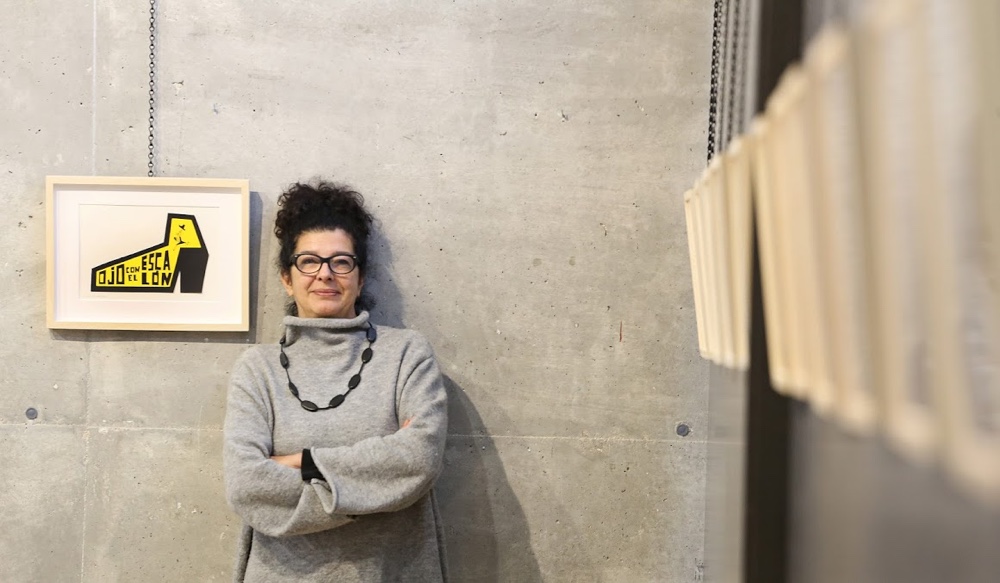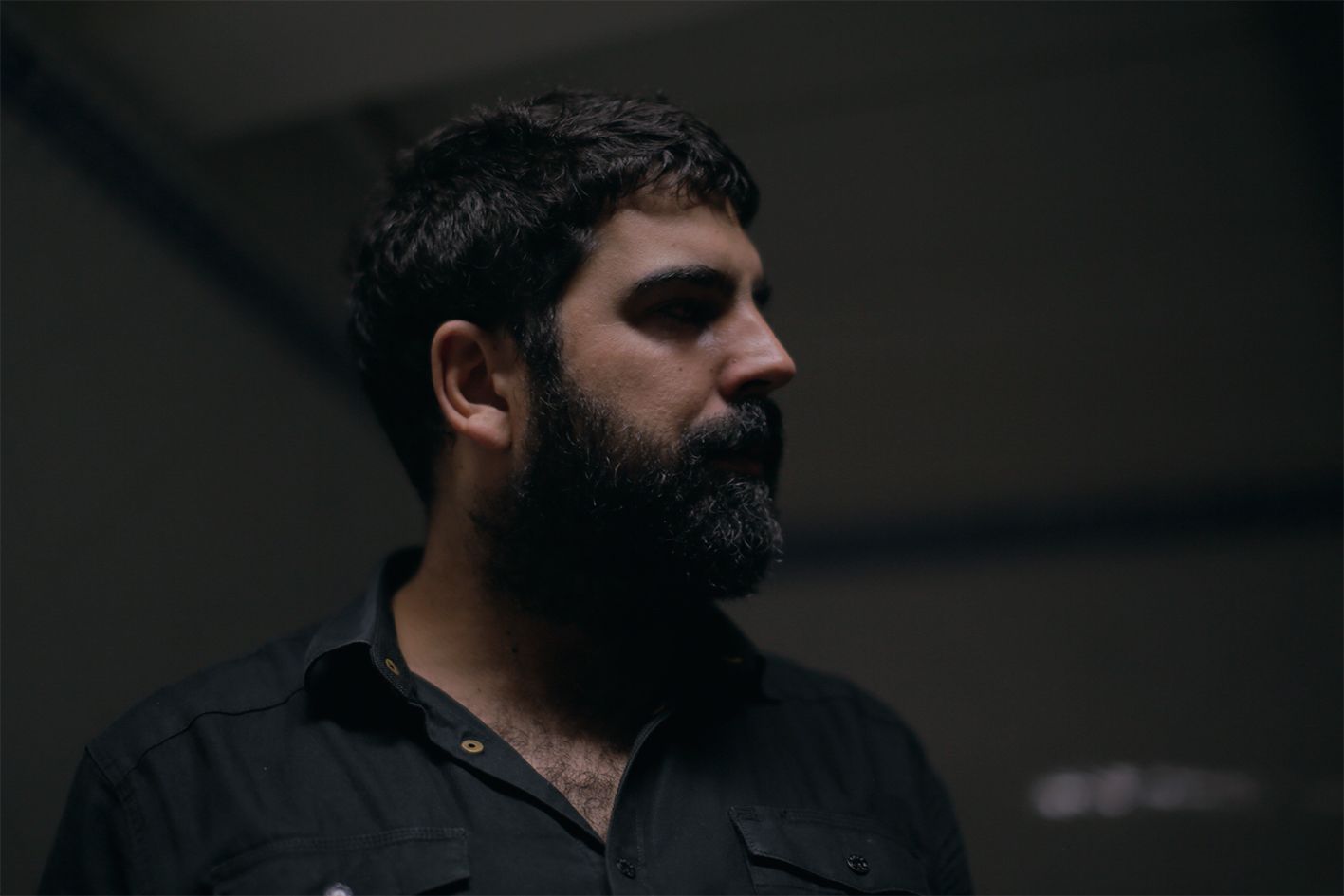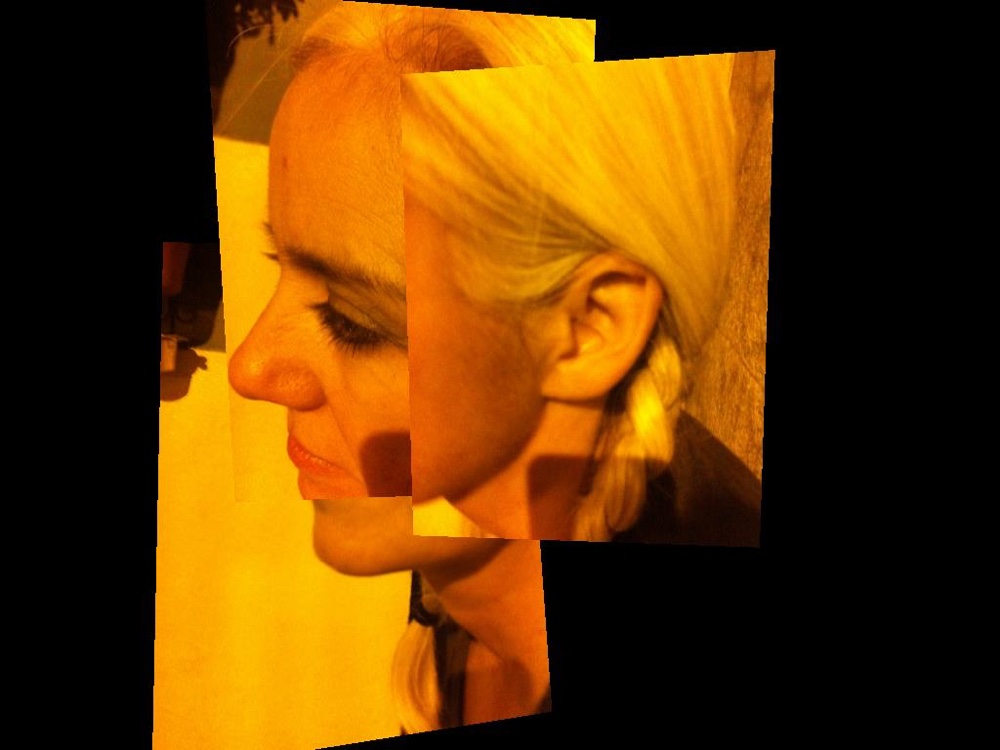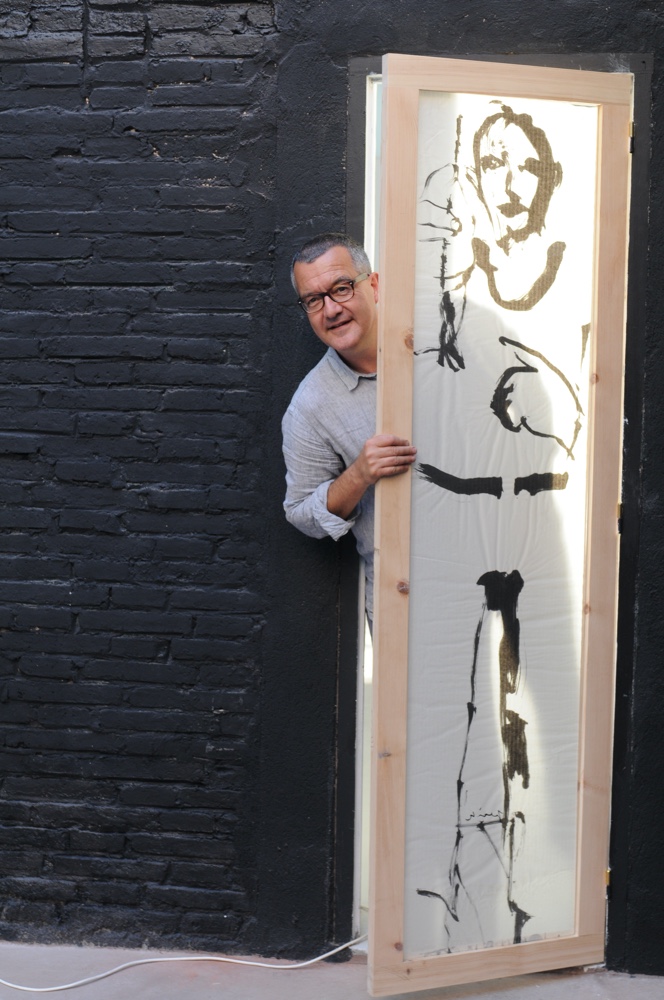In March every year, we celebrate both Women’s History Month and International Women’s Day. For that reason, LZF was delighted to interview Marisa Santamaría, as part of our People with Character series. Santamaría is the Director of RED-AEDE (a meeting of Spanish design companies), a researcher specialising in international design and architecture trends, a teacher, writer, and curator. Moreover, she is a founding member of Círculo de Orellana, a professional women’s association.

Marisa Santamaría.
In this conversation, Santamaría talks about the need for women to find their voice, some of the current trends in architecture and design, the uncertainty we face as a result of the novel coronavirus, her vision for the Spanish design sector, and her design heroines.
As a founding member of Círculo de Orellana, what, in your opinion, are some of the challenges that women continue to face, irrespective of their profession?
(MS) During these COVID-19 times, and post COVID-19, there’s no doubt that we have to remain united, in networking and with a constructive spirit. In the midst of the 2008 financial crisis, American author Richard Sennett penned a great book called Together: The Rituals, Pleasures, and Politics of Cooperation (in which Sennett asserts that cooperation is a craft, whose foundations are based on learning to listen well and to discuss, rather than debate).
Círculo de Orellana is a professional women’s group, representing women from a number of very different sectors, including: science, solidarity, banking, politics, finance and culture. I was a founding member of Círculo de Orellana, after the president, Leticia Espinosa de los Monteros, created the group. Its aim is to support ourselves—to support entrepreneurial women—especially in the mid-cycle of companies, when they need an added impulse. In collaboration with the Cervantes Institute, the Círculo de Orellana pays homage to the women who preceded us. Across a series of meetings, we recognise the talent and courage of many women who were once pioneers: the ‘Españolas por Descubrir’ or ‘Spanish Women to Discover’. We promote what we call ‘circular feminism’, generating opportunities for equality in our immediate environment. We find it is good to mix ideas from a range of diverse disciplines, where everything becomes richer. The key is to act locally, and deploy a strong global message.

Part of Círculo de Orellana’s ‘Spanish Women to Discover’ programme: María Moliner (1900–1981), was a Spanish librarian and lexicographer, perhaps best known for her Diccionario de uso del español (Dictionary of use of Spanish), first published in 1966–1967.

Part of Círculo de Orellana’s ‘Spanish Women to Discover’ programme: Carmen Diez de Rivera (1942-1999), was a Spanish politician and European MEP, who played a key role during the Spanish transition to democracy (post the dictatorship of Francisco Franco).

Part of Círculo de Orellana’s ‘Spanish Women to Discover’ programme: María Teresa León (1903–1988), was a Spanish writer, activist and cultural ambassador.
US Senator Elizabeth Warren, recently asserted: ‘We still have a problem with female authority.’ What are your thoughts on this? Why do you think this issue persists in many countries across the world?
(MS) Compared with many other countries and continents, living in Europe is like a paradise when it comes to respecting a female economic, cultural and social revolution. But, there’s still a lot to solve here, with regards to gender issues, environmental awareness, and a sustainable advance in design, as well as other important matters. We have to persist and be resilient, and failing time after time is alright: there is a continuous circle of improvement, especially in the twenty-first century.
In a recent exhibition I curated for Moneo Brock, called Mujer X Mujer / Woman X Woman: Design Works in Transition, the message was clear: women are the key to a new social, political and cultural dimension and sensitivity.

Jaulas de cristal (Glass Cages), designed by Gala Fernández and inspired by Patrizia Moroso. Part of the Mujer X Mujer exhibition, curated by Marisa Santamaría. Photo via Moneo Brock.
The fields of architecture and design are predominantly the preserve of men, which is one reason why it was significant that the 2020 Pritzker Architecture Prize was awarded to Yvonne Farrell and Shelley McNamara of Grafton Architects. How important are such awards to recognising and championing a wealth of female design talent?
(MS) They’re momentous, as women tend to withdraw. We often have other priorities, before showing our work, and we’ve been relegated to a second tier. But, in many cases, we have been led by this inertia. It’s an inheritance from the past, where women were obliged for centuries to live in the domestic space—a second tier.
We need to reframe the importance of the domestic domain, and we can start by removing gender: domesticity is not just about women, and many men understand its vital, nurturing place in everyday life. If we elevate the domestic domain to a position that commands respect, then more people, particularly women, would grow in confidence and find their voice. It is also important that women showcase their work as an example of good practice, and we need positive references (such as Yvonne Farrell and Shelley McNamara).

Yvonne Farrell and Shelley McNamara, founders of Grafton Architects. They were the fourth and fifth women to win the Pritzker Prize. Photo via Dezeen.
Women in Spanish design are, like many countries, underrepresented. How can we better promote and celebrate women designers, architects and makers in Spain and beyond?
(MS) We have new generations—millennials and generation Z—who view these processes very naturally: men, women and various genres, with no classifications, particularly in disciplines such as design or architecture, where talent prevails. As women, we must stop classifying ourselves by age or professional experience. This is a moment of change, with many opportunities to train and launch ourselves. We can talk about the need for mutual support between women, seeking current powerful references and making them known.
As Director of RED-AEDE, what is your vision for the Spanish design sector, both now and in the future?
(MS) We are living with the coronavirus, in a moment of uncertainty and enormous concern, but history teaches us that we are capable of overcoming and succeeding.
Across the twentieth century, through a great number of vicissitudes, the majority of RED companies were born. There are stories of self-improvement and courage, and little known heroics. Today, RED is made up of twenty companies, each with the mission of connecting with one another, and with society and culture.
It has always been the view that Spain does not have a strong design industry, and while this is true, the few companies that exist are a benchmark of excellence, something that isn’t known widely enough. The objective of RED is to make itself known, in all of its magnitude, by contributing knowledge: from the advances companies are implementing, to the research they are developing at a national and international level. We wish to support the talent of designers. The key today is to generate support networks—RED is one of them.

RED worked in collaboration with Teresa Sapey + Partners and Rafael Robledo (two Madrid-based architecture and interior design studios), to create the VIP lounge at ARCO Madrid 2020. LZF’s life-size Big Bird by Isidro Ferrer, is pictured.
With Valencia named World Design Capital 2022, what are the opportunities for design in both the region and across Spain generally?
(MS) I have met the promoters and directors of Valencia, World Design Capital 2022, and they have done an extraordinary job. Xavi Calvo, the director, and his team, have an open and inclusive vision of the project. They display much enthusiasm, great generosity and, above all, a very avant-garde, creative and communicative vision, across ideas and projects.
Two years remain and it is one of the great challenges for design in Spain at the moment. The epicentre of World Design Capital 2022 will be in Valencia, but its effects will reach every corner of Spain.

Valencia World Design Capital 2022. Identity project by Ibán Ramón Design Studio.
What are some of the current trends in architecture and design that you are most excited about?
(MS) In this moment of paralysis, as a consequence of the coronavirus, and then thinking about the future, it’s important to review history. We must learn from those moments lived by humanity, of improvement and of constructive energy.
Today’s thinkers provoke action: Rem Koolhaas, the celebrated Dutch architect, has a vision of the countryside as the future, taking us from the urban to the rural; Ezio Manzini, an Italian design academic and author, thinks about nature’s immersion in the city, and design as a factor of change in society; and Richard Sennett, in his books Together and The Craftsman, advanced ideas on the drive of the human being as an artisan, and on society as a symbiosis of communities.
Who are your design heroines/heroes—who inspires you?
(MS) The Italian author, editor, architect, and curator, Paola Antonelli, and her design solutions for the world. Saskia Sassen, a Dutch-American sociologist, and Martha Nussbaum, an American philosopher. Petra Blaisse of Inside Outside, who designs gardens and landscapes. Alice Rawsthorn, a British design critic and author, and her texts on design and society. Japanese architect Kazuyo Sejima and her sensitive architecture, and Ellen van Loon of OMA.

Paola Antonelli. Image via Dezeen.

Kazuyo Sejima photographed in 2010, when she was the first female director of the Architecture Biennale in Venice. Photo by Andrea Spotorno via The Gentlewoman.

Stock Exchange Gardens in Shenzhen, China, by Petra Blaisse. Photo © OMA and © Inside Outside.













